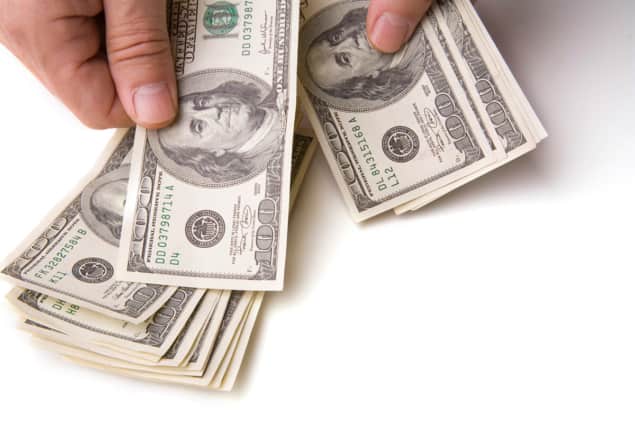
Physicists are known to have an occasional flutter – especially when it comes to the possible discovery of new physics. Avid readers may remember in 2000 when 20 physicists, including theorist Nima Arkani-Hamed, bet that supersymmetry would be experimentally detected within 10 years. They ended up losing and apparently had to dig deep in their pockets to buy a bottle of “good cognac at a price not less than $100” for the 24 physicists who won the bet.
Now, its physicist Michio Kaku’s turn to get the chequebook out. In 2002, the US science writer John Horgan had a $2000 bet with Kaku that by 2020 “no one will have won a Nobel Prize for work on superstring theory, membrane theory, or some other unified theory describing all the forces of nature”. Now that the 2019 prize has been awarded to pioneering work in cosmology and the detection of the first exoplanet, there can be no grand unified theory Nobel prize this decade. Given that Horgan’s loot will be donated to the environmental non-profit group Nature Conservancy, at least it’s all for a good cause.
While urban areas can often be hotter than the surrounding countryside, at least you can shelter in the shade of tall buildings to beat the heat. Now, Xiaojiang Li and an international team of colleagues have created a routing algorithm that minimizes a pedestrian’s exposure to direct sunlight while walking through central Tokyo.

The journey of a crisp
The team used Google Street View panoramas of Tokyo’s skyscrapers to work-out how much sunlight filters down to street level. Combining this with the position of the Sun, the algorithm was able to reduce exposure by an average of about 35% on 1000 random routes through the city. Li and colleagues point out that the same system could create routes with maximum sunlight exposure in the winter.
Just about everyone loves a deep-fried potato snack, but did you ever wonder how they get so puffy? In “Predicting lift-off time when deep-frying potato dough snacks”, Thomas Babb and colleagues model how a dense lump of dough is transformed into a foamy bite when plunged into hot oil. According to the abstract of their preprint, “the model simplifies to solving a one-dimensional Stefan problem in the snack”.
And if that has whet your appetite, tuck into this article about how the physics involved in making potato crisps (or chips).



